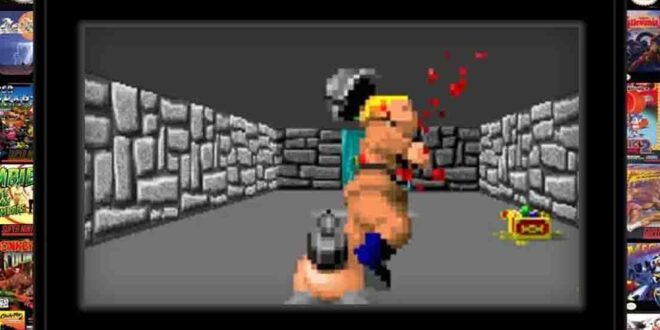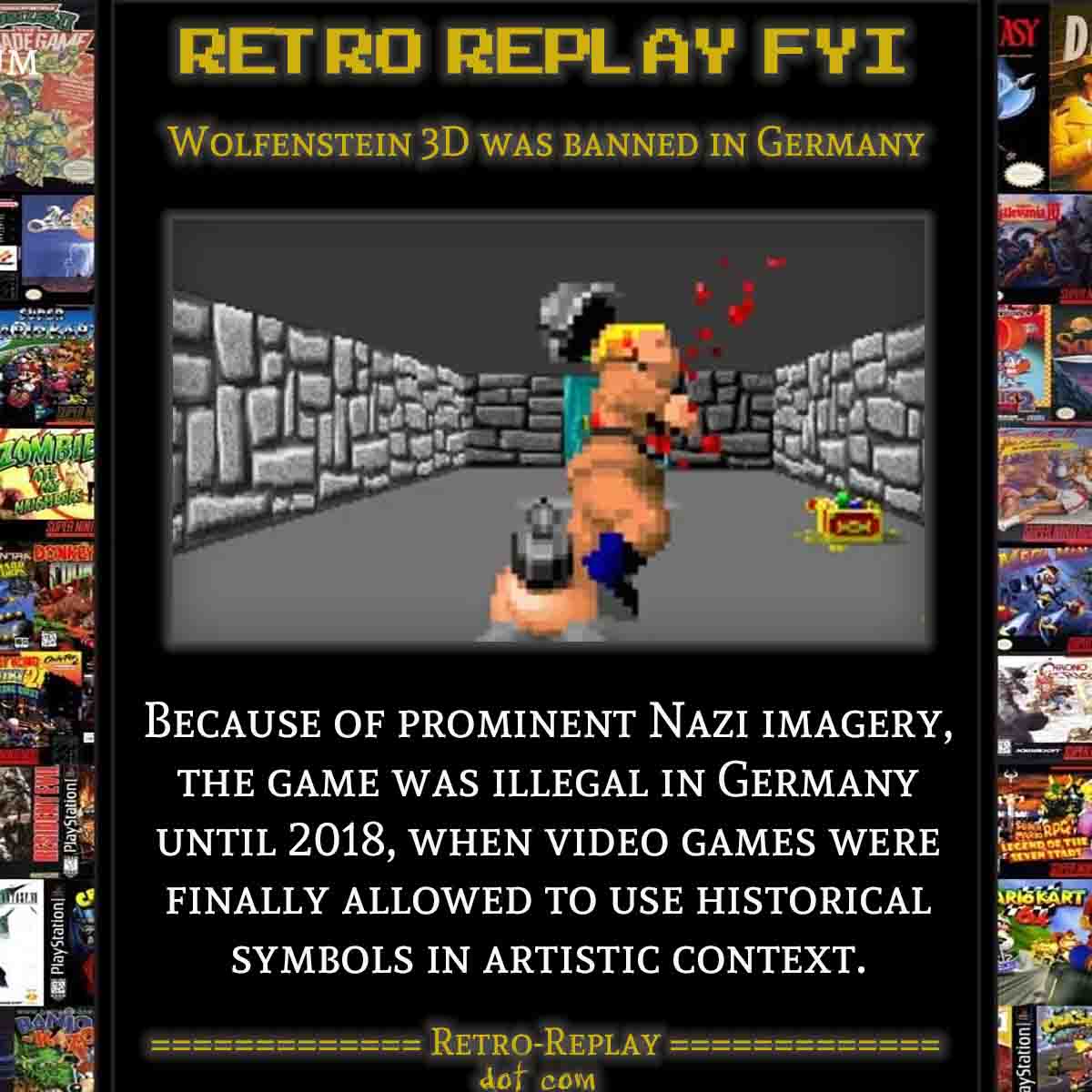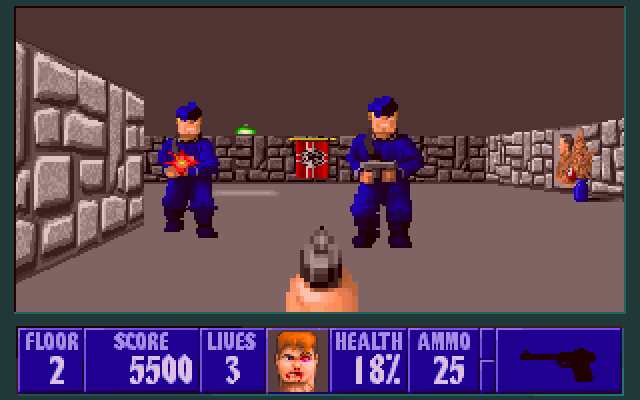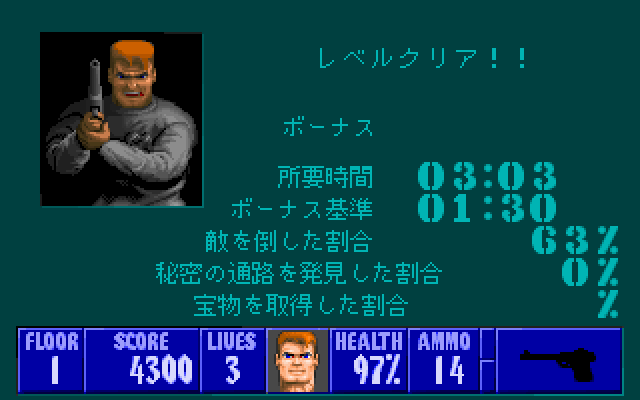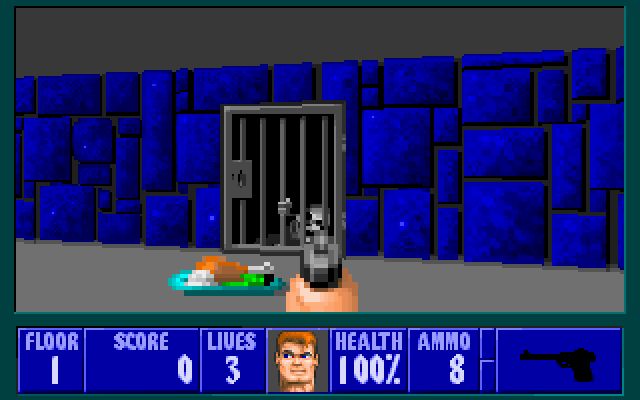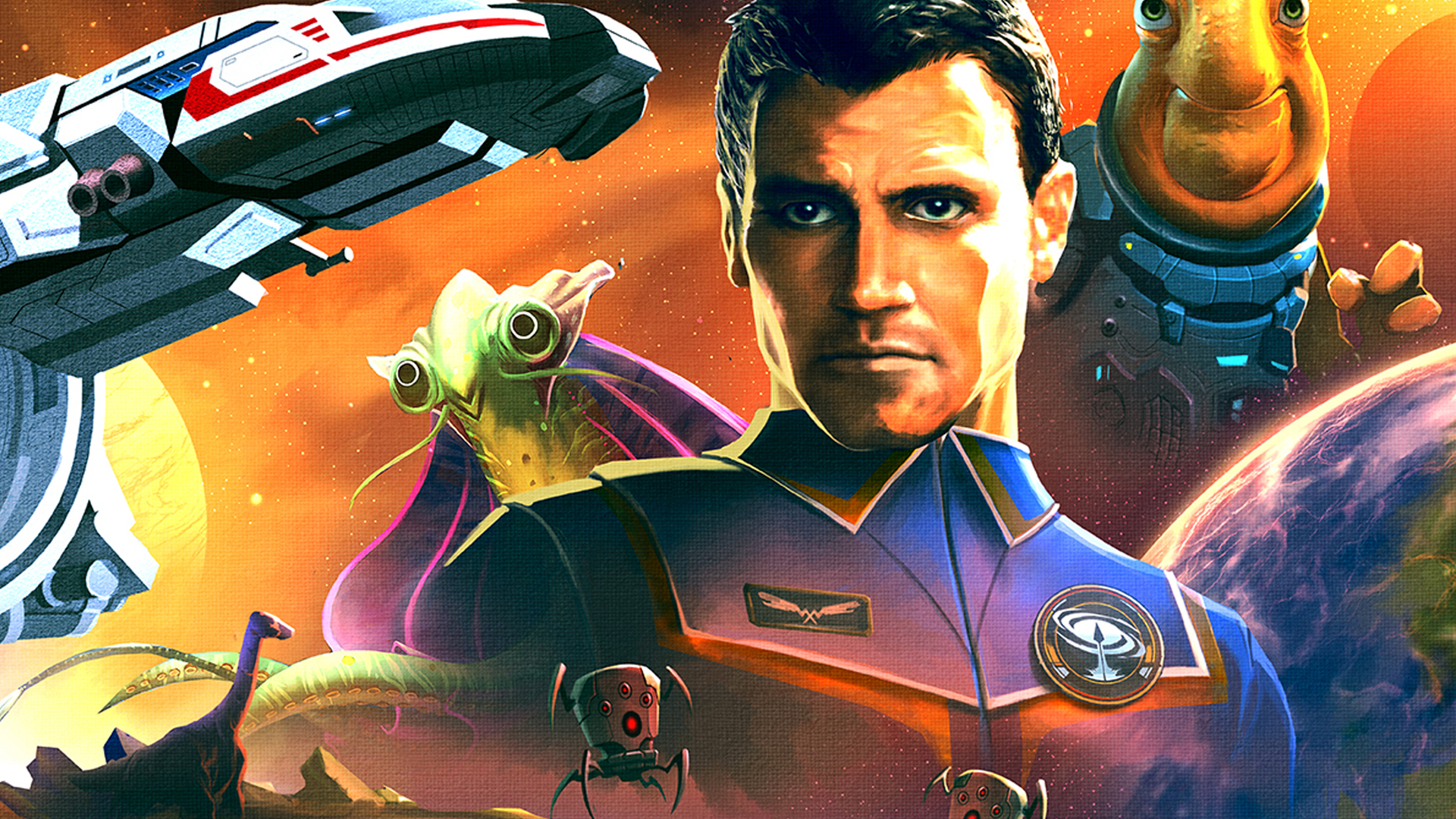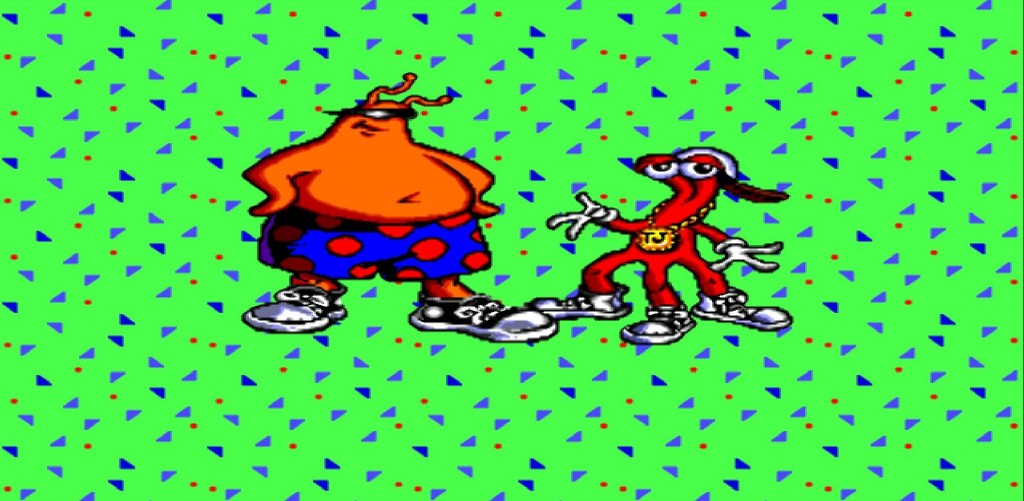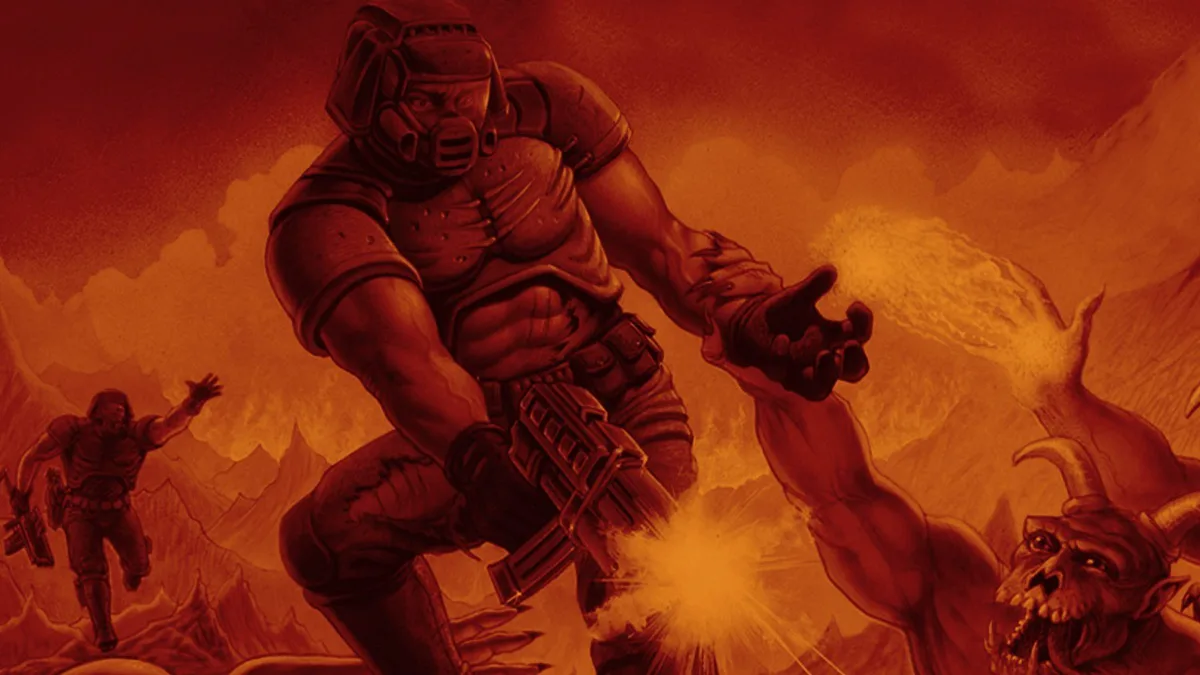The Game That Broke the Mold and the Law
When Wolfenstein 3D dropped in 1992, it ignited a revolution. It was not just a technically slick first person shooter, it was a raw, unapologetic romp through Nazi bunkers that ended in a face off with a cyber fueled Mecha Hitler. Gamers worldwide embraced it as a milestone. But in Germany, the response was silence, because the game was outright banned.
(HEY YOU!! We hope you enjoy! We try not to run ads. So basically, this is a very expensive hobby running this site. Please consider joining us for updates, forums, and more. Network w/ us to make some cash or friends while retro gaming, and you can win some free retro games for posting. Okay, carry on 👍)
Under Section 86a of the German Strafgesetzbuch, the use of Nazi symbols like swastikas and SS runes was strictly forbidden outside of art, science, or teaching. In 1998 a German court ruled that video games did not qualify as art in this sense, arguing that younger players could become desensitized to symbols of hate. That decision set a precedent that lasted decades. Wolfenstein 3D was forced underground, passed around by importers and collectors, while German players were left with heavily altered versions or none at all (Wikipedia).
Sanitized History: A Nation Edits Its Games
Publishers who wanted to release World War II themed shooters in Germany had no choice but to comply. Swastikas were stripped away, replaced by iron crosses or plain banners. Hitler’s likeness was renamed and softened, with moustaches erased or uniforms changed. Dialogue that directly mentioned Nazis was swapped for generic references to villains or dictators.
Wolfenstein 3D became a textbook example of this sanitization. Its core message, a defiant stand against fascism, was watered down until it felt hollow. For German players the chilling experience of storming a Nazi stronghold was reduced to battling nameless soldiers under made up banners. For players abroad, the presence of real world symbols gave the game an edge that connected fiction with history.
This divide was not lost on gamers. To many in Germany it felt unfair that books and films were allowed to depict Nazis for artistic or educational purposes while games were treated as toys incapable of the same responsibility. That view gained traction as games matured, with titles like Medal of Honor and Call of Duty showing that interactive media could handle serious historical subject matter.
The Turning Point
By the mid 2010s Germany’s strict stance was beginning to look outdated. Games had grown far beyond the simple amusements of the 1980s. They had become narrative works, often tackling politics, history, and culture with sophistication. The industry, cultural critics, and even educators pressed for change, arguing that the law was inconsistent.
In 2018 that change finally came. German authorities extended the same social adequacy clause that already applied to films and literature to video games. That meant historical symbols like swastikas could be used if the context was clearly anti fascist, educational, or artistic. Wolfenstein was the perfect example of a game that met that standard. It was not celebrating Nazism but lampooning and destroying it. For the first time since the early 1990s, developers no longer had to redraw history to ship their games.
The news made global headlines and was welcomed by German fans who had grown tired of watered down releases. It was a cultural moment as much as a legal one. Video games were finally being recognized alongside other media forms as capable of conveying history responsibly (PC Gamer).
A Slow Return
Even after the decision, the transition was not instant. Wolfenstein 3D had been on Germany’s official index of banned media for more than 25 years. Being on that list meant shops could not openly sell it, advertisements were forbidden, and minors could not access it. Only in 2019 was it formally removed from the index and reclassified with a 16+ rating.
For modern titles like Wolfenstein II and Youngblood the change allowed developers to release uncensored versions, but retailers moved cautiously. Some shops still chose to carry the altered editions to avoid controversy. Even so, the door had been opened, and for the first time German players could legally experience these games as intended.
Why It Matters
The Wolfenstein saga in Germany tells us more than just the story of one game. It is about how societies wrestle with history and how culture defines art. At first the fear was that young players would see swastikas and not grasp the danger behind them. By 2018 it was clear that games had matured, and so had the audience. The law finally reflected that growth.
This change also strengthened the role of video games as cultural products. No longer dismissed as toys, they were acknowledged as a medium that could confront history, even the darkest parts, with the same weight as a documentary or a novel. For Wolfenstein 3D it meant recognition not just as the grandfather of shooters but as a work of cultural significance that deserved to be preserved in its original form.
Looking back now, the ban is almost as famous as the game itself. For more than a generation German players only knew Wolfenstein 3D through censored versions or whispered stories about the original. When the law changed it felt less like lifting a ban and more like reclaiming a piece of history.
Wolfenstein 3D still plays like a relic of its era, blocky and frantic, but its journey in Germany shows how games can move from outlaw status to cultural acceptance. What was once illegal contraband is now recognized as art, sitting alongside novels and films in the fight against forgetting.
Final Word
Wolfenstein 3D, the game that helped invent the modern first person shooter, spent decades locked away in Germany because of the very history it sought to satirize and condemn. In 2018 that changed, and by 2019 the game was finally free. Its release without censorship was not just about pixels or swastikas, it was about acknowledging games as art, as history, and as culture. That long fight secured Wolfenstein 3D a legacy not only as a pioneer of gameplay but as a symbol of how far video games have come in earning respect.
 Retro Replay Retro Replay gaming reviews, news, emulation, geek stuff and more!
Retro Replay Retro Replay gaming reviews, news, emulation, geek stuff and more!
